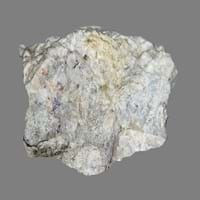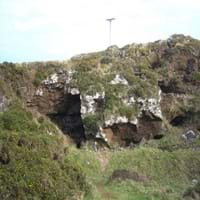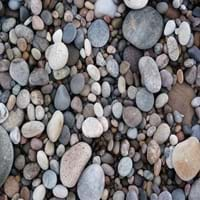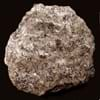Skarns are formed during regional or contact metamorphism and from a variety of metasomatic processes involving fluids of magmatic, metamorphic, and/or marine origin 0
From an old Swedish mining term originally used to describe a type of silicate gangue or waste rock. 0
Durable Rock, Hard Rock 0
Fine Grained Rock, Opaque Rock 0
Earthy, Mud-rich, Rough 0
Black, Brown, Colourless, Green, Grey, White 0
Decorative Aggregates, Entryways, Interior Decoration 0
As Building Stone, As Facing Stone, Garden Decoration, Paving Stone 0
As a Flux in the Production of Steel and Pig Iron, As a Sintering Agent in Steel Industry to process Iron Ore, As Dimension Stone, Gold and Silver production, Manufacture of Magnesium and Dolomite Refractories 0
Artifacts, Monuments, Sculpture 0
Creating Artwork, Gemstone, Jewelry, Metallurgical Flux, Source of Magnesia (MgO) 0
Host Rock for Lead, Zinc and Copper Deposits 0
Archaeological Significance
0
Due to change in environmental conditions, rocks are heated and pressurized deep inside the Earth's surface. Skarn is formed from the extreme heat caused by magma or by the intense collisions and friction of tectonic plates. 0
Calcite, Enstatite, Epidote, Garnet, Magnetite, Pyroxene, Titanite 0
Au, CaO, Carbon Dioxide, Cu, Fe, MgO 0
Burial Metamorphism, Cataclastic Metamorphism, Contact Metamorphism, Hydrothermal Metamorphism, Impact Metamorphism, Regional Metamorphism 0
Deposits in Eastern Continents
0
China, India, Russia, Saudi Arabia, South Korea, Sri Lanka 0
South Africa, Western Africa 0
Deposits in Western Continents
0
Brazil, Colombia, Paraguay 0
Deposits in Oceania Continent
0
Central Australia, Western Australia 0
Learn more about Properties of Skarn
What is Skarn? In this section, we will learn more about properties of Skarn i.e. physical and thermal properties. Physical properties of Skarn include Color, Streak, Hardness, Structure, Cleavage, Fracture, Luster, Specific Gravity etc. The strength of Skarn is Not Available. Streak of Skarn is light to dark brown while its cleavage is slaty. Luster of Skarn is waxy and dull and its fracture is irregular. Skarn is opaque in nature. Know all about Skarn, What is Skarn, its composition, features, facts and reserves in next sections.
Know about Composition of Skarn
What is Skarn composed of? Get to know about composition of Skarn here. Skarn definition gives information about the Formation of Skarn and its composition.The composition of Skarn can be further divided into mineral and compound content. The mineral content of Skarn rock includes Calcite, Enstatite, Epidote, Garnet, Magnetite, Pyroxene, Titanite and The compound content of Skarn rock includes Au, CaO, Carbon Dioxide, Cu, Fe, MgO. Almost all rocks undergo transformation process. Know all about Skarn rock in next section.









